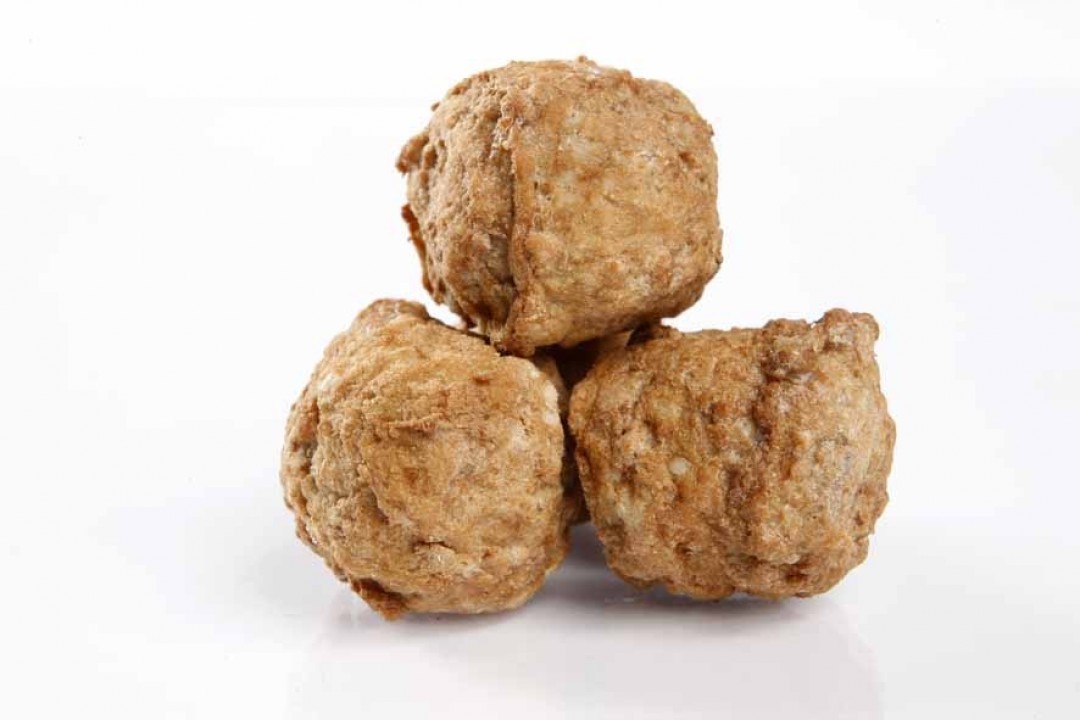
BEST PRACTICES FOR A RELIABLE FOOD SAFETY WHEN FREEZING MEAT
It is well known that due to its chemical composition reach in lipids, proteins and water, meat is offering particularly favourable conditions for the growth of microorganisms. Today, reliable food safety is the top priority for frozen meat and poultry processors and here is a list of good practices learned from OctoFrost customers which will add to a reliable food safety when freezing meat and poultry products. We have divided these good practices into two main categories: equipment and facility related and manpower related.
Equipment and facility related best practices
“No joints, easy access, cleanability.”
When it comes to the equipment used in a frozen meat processing facility the main keywords to be kept in mind are: free-standing, no joints, easy access for cleaning, and cleanable design. It is very important to remember that transportation belts with joints are presenting a great threat to the food safety of your meat product. The best practice is to invest in a seamless transportation belt which has no joints. Stainless steel mesh and belts/beds made out of modular plastic are considered the only good choice in a meat processing facility. This is of course valid for the belt used inside the freezer as well.
Joints in processing equipment should be avoided in general as these are difficult to clean and present risks for bacteria accumulation. Freezers with the minimum amount of joints should be aimed for. At the same time accessibility of all parts of the equipment is of great importance for both efficient cleaning and inspection.
A free-standing freezer and all the other processing equipment is seen as a great advantage by meat processors as it gives the essential opportunity of good cleaning under the equipment. At the same time, the floors themselves should be built in such way that no joints are present where bacteria is usually accumulating. Seamless floors are considered the best practice among frozen meat and poultry processors for a reliable food safety.
The cleaning routines of all the equipment, floors and walls of the facility should be guided by very strict procedures. Aggressive detergents are usually used and high temperature and high pressure of the water is recommended for the best results. Frozen meat processors claim that rigorousness should be the supreme law in the facility and no exceptions or rule deviations should be tolerated.
Manpower related best practices
“Each employee must see himself as a quality manager.”
We would like to emphasize once again that a strict follow of rules and procedures should be deep impregnated in the culture of the organisation dealing with frozen meat and poultry processing. The sense of responsibility and rigour should be present at all function levels. There are of course a wide range of practices when it comes to hygiene in the production area. These can range from obligatory wear of hygienic robes, hats, face masks and shoes to usage of clothing cleaning equipment, certification for not being ill for a certain period of time and of course interdiction of lose details and accessories in the production area. Continuous verification and testing of all procedures and routines is of great importance for a reliable food safety.
A good practice when it comes to preventing external risks is to always work on improving the traceability of the meat batches used. The batches shouldn’t be too big in order to secure a feasible traceability of any possible contamination which took place outside the processing facility.
There are of course a multitude of certifications and instruments such as HACCP (Hazard analysis and critical control points) and FSMA (Food Safety Modernization Act) which offer guidance for the right practices for frozen meat processors, however it will always be the responsibility of the organisation and each employee separately, to devote themselves and strictly follow those routines and procedures in order to insure high food safety standards.
